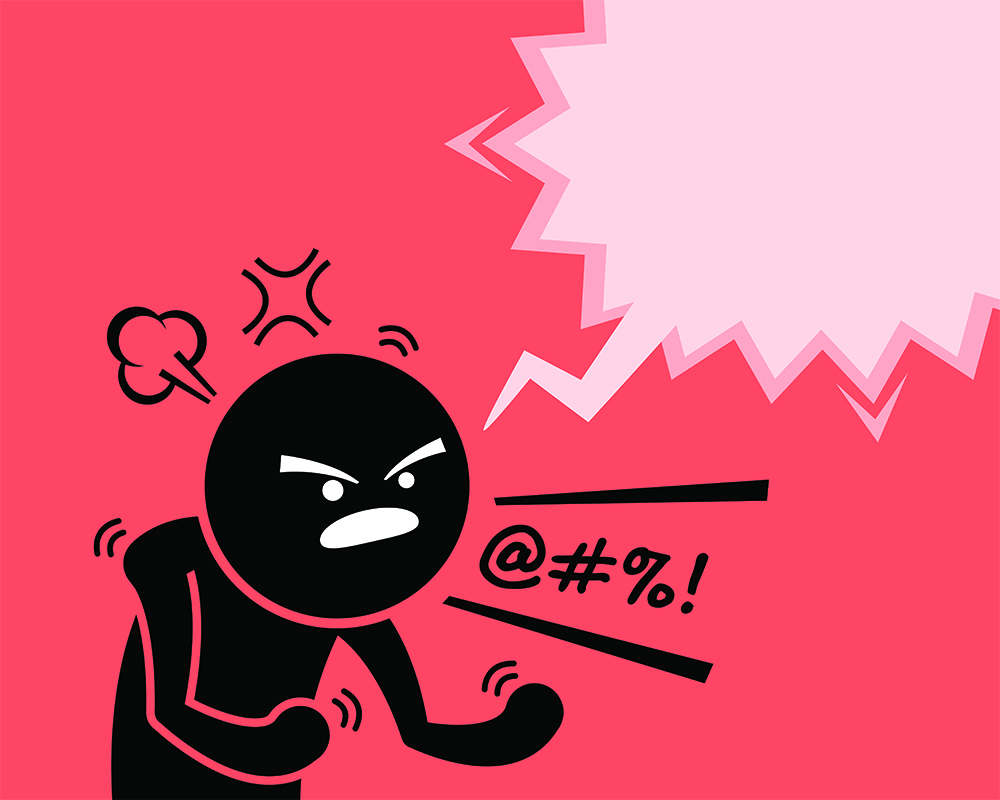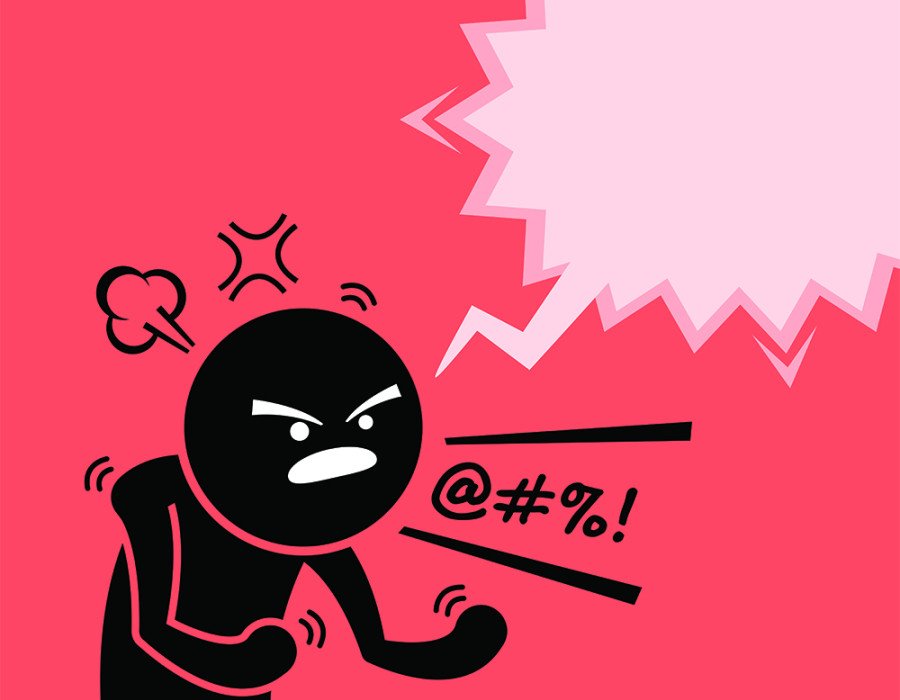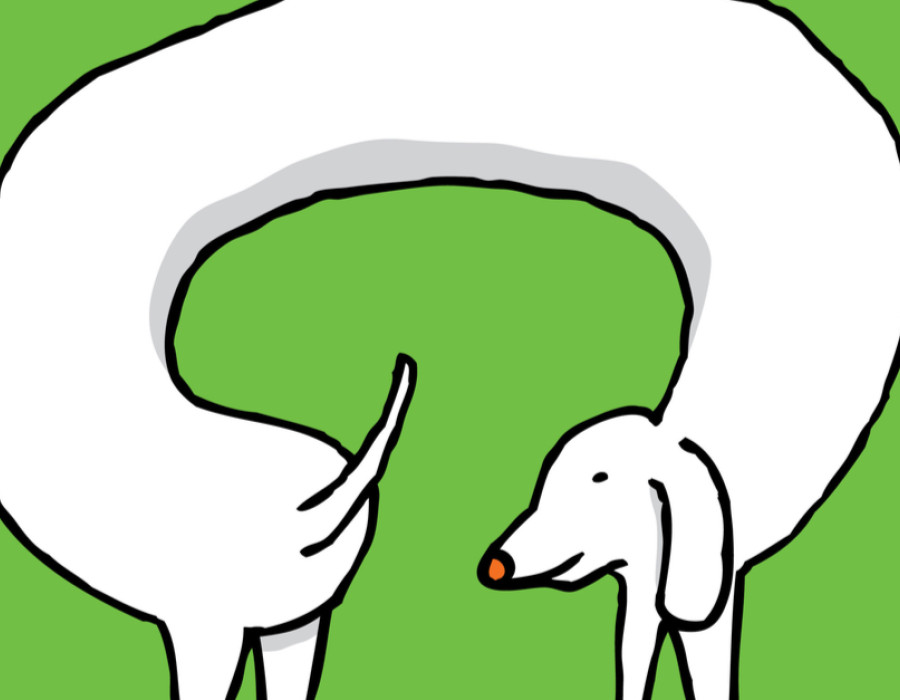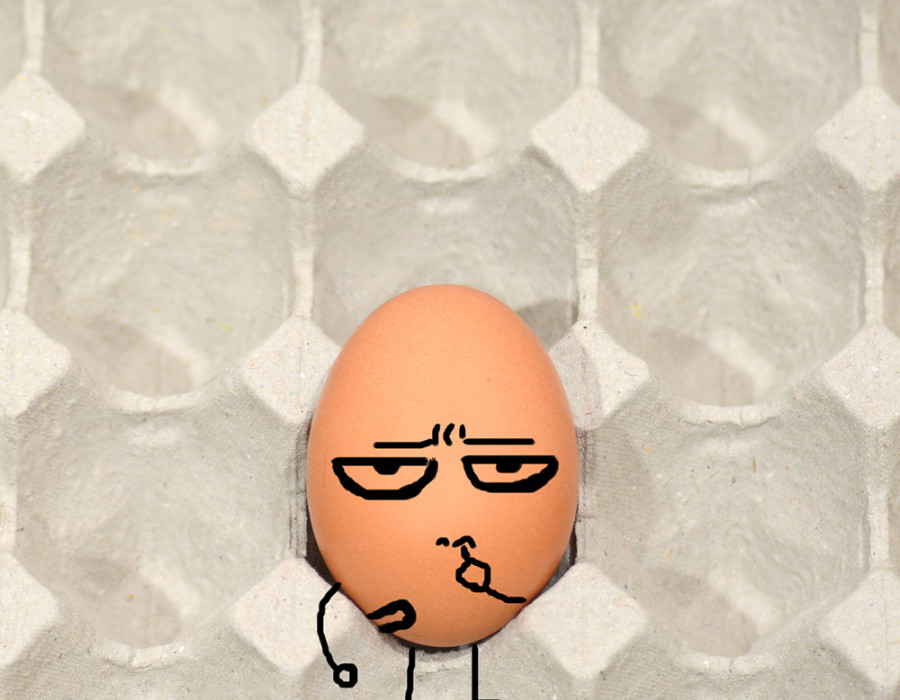The Five Hindrances: 2 | Anger
Exercises in Mindfulness
How does Zen practice approach anger? We take a look at the mechanics behind this emotion, how it hindered us and how to integrate it effectively into our lives.
 ©
© Shutterstock
For the second of the five hindrances to meditation, mindfulness or daily life practice we look at anger.
It is one word that has many degrees and nuances: berserker rage, livid righteous anger, fury, irritation, frustration, upset, depression and so on.
There is a basic movement involved that is the counter to sense desire. If the latter is a movement towards incorporating the object, then anger is a movement away from it. It might seek to storm out, to reject, to annihilate and so on. What both desire and anger have in common is that there is a value judgement involved and a call to action.
The practice of being aware is a neutral seeing that is not perturbed by judgements about what it sees; which is not to say that there is always approval; just not rejection of the fact or existence of it. The problem being that when either sense desire or anger is aroused there is a narrowing of focus of attention which excludes the wider perspective.
Talking with an angry person we are struck by how there is a sense of exclusivity to the subject of the upset. Other considerations are absent. There is a black and white perspective. There is an obsessing over the upset, ‘nursing the grudge’; it preoccupies awareness and excludes the present moment, instead repeating the past in memory and rehearsing the future in imagination.
This narrowing and excluding trait is where ignorance appears.
Its first stirrings are in the body. As with all emotions, they appear, are felt and then stir up the thoughts.
In dealing with it we remember the old Zen saying: “Ignore the leaves and the branches; just stick to the root.” In this case the root is in the body. If we are given into the energy arising in the body (which means catching it in the body, before it can escape into the head), then we can look at the situation and respond in a more human way. It is important to reiterate that anger can often arise justifiably; however, if we are carried away by it then our response to it may cause damage to ourselves and others. The word or action that we later regret. The realisation that ‘I’ could have handled that better etc.
Our practical exercise for this hindrance is given by a story from the Hindu tradition called ‘The Anger-Eating Demon.’
The story takes place in Indra’s courtroom in heaven. Indra is King of the gods, but at that time was absent, away on a visit. The heavenly courtiers, the devas, were milling about keeping themselves busy and as the master was away were relaxed and gossiping.
No-one saw a rather scrawny demon sidle into the chamber and go up to the great golden throne, shin up the side and sit on the seat. There it waited for someone to notice it.
Sure enough, after a few minutes a courtier’s eye saw the little thing sitting on the great throne. He nudged his neighbour and drew his attention saying: “Have you seen what is going on? That dreadful little demon has sat himself down on the Great Lord’s throne.”
His neighbour, looking wide-eyed in disapproval muttered: “The cheek of it! Just wait until the Lord returns. It will be in for the high jump then.”
As they watched, the scrawny little demon seemed to fill out as if he was being inflated by air.
“How he pumps himself up so! How dare he.”
The two of them began to inform their neighbours and before long the whole room was abuzz with tut-tutting and general disapproval. At the same time the little demon continued to swell and inflate and went from a scrawny little thing to a medium size demon to a large demon and still the courtiers voiced their annoyance and disapproval.
The anger-eating demon took it all and before too long was such a size that he fitted comfortably onto the seat of the Great Lord Indra – then he became even larger. It was at this point that the courtier’s anger was replaced by fear: “Look he is even bigger than our Lord; will Indra be able to oust him? What will happen to us?”
And now, the demon grew even larger!
At that moment the doors opened and in walked the Great Lord himself, and with one sweep of his eyes around the room took it all in. Finally, fixing his gaze upon the Great Demon now occupying his throne, he took three long strides up to the foot of his own throne, now occupied, went down on one knee and with palms pressed together bowed his head saying: “I, Indra, Lord of the gods, do greet you.”
The next moment the great demon seemed to deflate as if air were being let out of a balloon.
“I, Indra, Lord of the gods, do greet you” said the kneeling Lord, still head bowed, and the demon continued to deflate as if he had sprung a leak.
A third time the Great Lord gave his greeting and the anger-eating demon was once more reduced to his scrawny self. It hopped down from the throne and dashed out of the door before anyone could move. The Great Lord Indra raised himself up and took his rightful place on the throne.
The courtiers gave a sigh of relief mixed with trepidation as they could see from their Master’s face that he was not very happy with them!
So here we have a clue as to how to greet that strong force that arises in the body. It is the attitude of opening up to accommodate, rather than the closing down and judgements which provoke it further, like pouring petrol on a fire.
Experiment with this opening up; the bow is a useful accompaniment as it lays down the judging ‘I’ which only adds to the conflagration (see here on how to perform it). In so doing, the seeing remains open and we see how best to respond to the circumstances whilst keeping our humanity and not falling prey to the anger-eating demons.
Text copyright to The Zen Gateway










